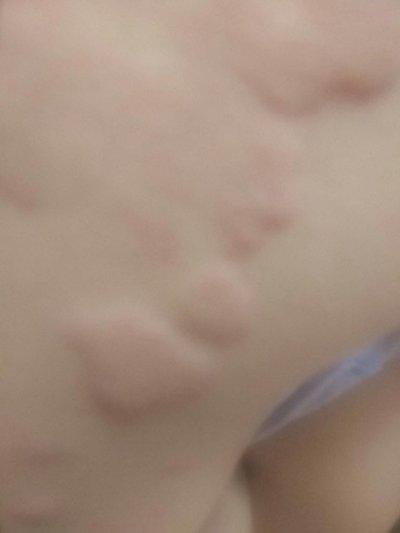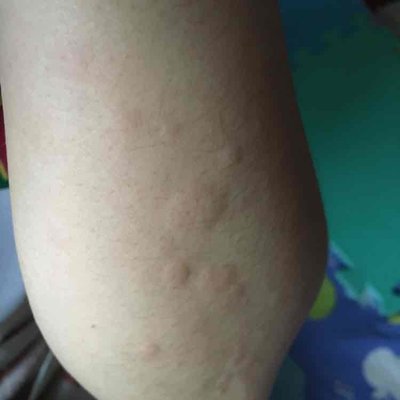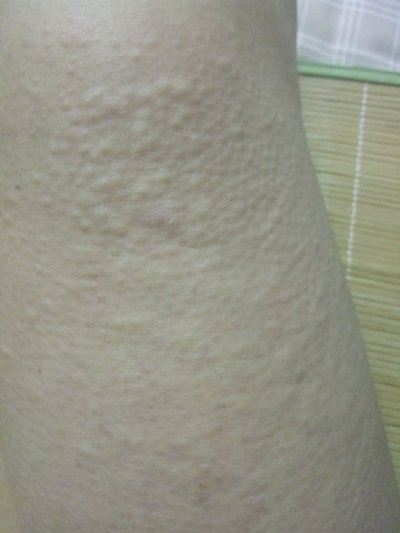How is rubella caused
summary
Rubella many people will be misdiagnosed, because there are some similarities with urticaria, so when it is found that the child's body is abnormal, it is better to go to the hospital to do a related examination. Generally, it is more common in patients aged from one to five years old. When they have a disease, they can be immunized for life, so they don't need to worry too much. How is rubella caused? Let's talk about it
How is rubella caused
Rubella virus is an RNA virus, belonging to the family of enveloping viruses, which is limited to human beings. The antigenic structure of rubella virus is quite stable, and there is only one antigenic type. Rubella virus can survive and proliferate in placenta or fetus (as well as months or even years after birth), resulting in long-term multi system chronic progressive infection. The virus can grow in the cell culture of rabbit kidney, suckling vole kidney, green monkey kidney and rabbit cornea, and can agglutinate "O" red blood cells of poultry, birds and human. The virus is sensitive to ultraviolet, ether, cesium chloride and deoxycholic acid. PH < 3.0 can inactivate it. The virus is not heat-resistant.

Generally, rubella in children and adults is mainly transmitted by droplets through the respiratory tract. Close contact between people can also be transmitted through contact. Intrauterine infection of the newborn, pharyngeal excretion of virus can be weeks, months or even more than a year, so it can be through contaminated bottles, nipples, quilts, diapers and direct contact with the lack of antibodies of medical and family members, or cause transmission in the nursery. Fetal infection can cause abortion, stillbirth, premature birth or suffer from a variety of congenital malformations of congenital rubella.

Patients are the only source of infection of rubella, including subclinical or occult infection. The actual number of subclinical or occult infection is higher than that of the patients, so it is an important source of infection that is easy to be ignored. The infectious period was 5-7 days before the onset and 3-5 days after the onset, and the day before the onset and the day before the onset were the most infectious. The virus can be isolated from the mouth, nose, pharynx secretion, blood, urine and feces of patients.

matters needing attention
Immunization is an effective way to prevent rubella. Rubella vaccine is a live attenuated virus strain, which has been used for more than 40 years. More than 95% long-term immunity could be obtained by single dose inoculation, which was close to that induced by natural infection.














